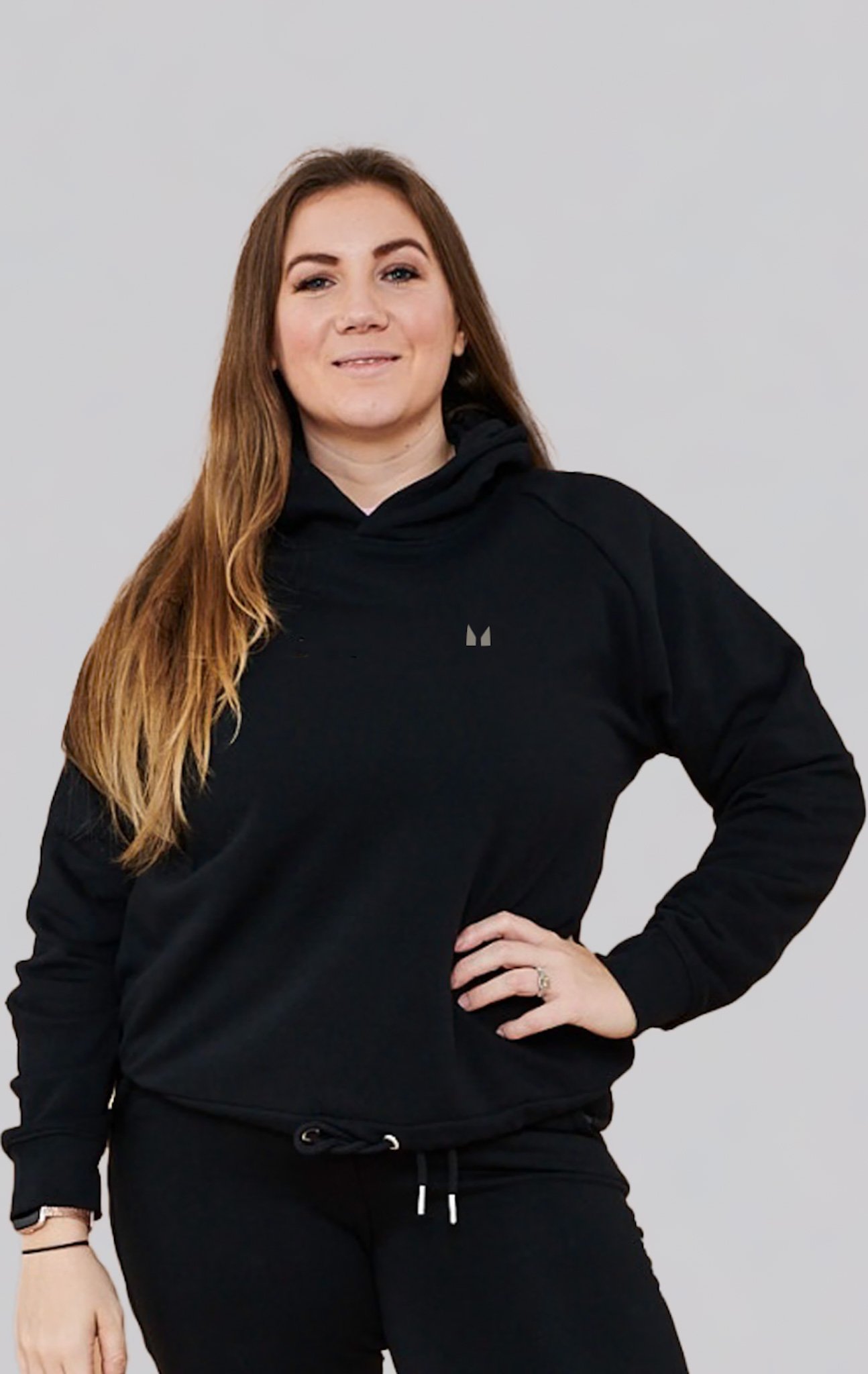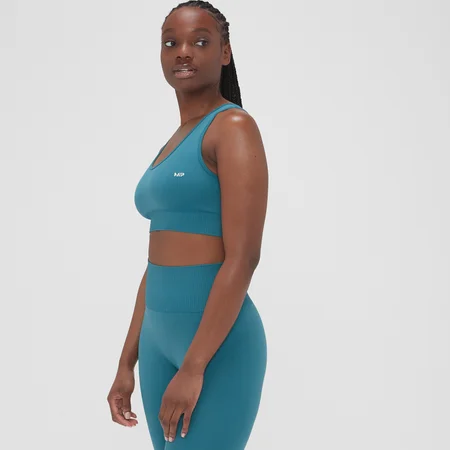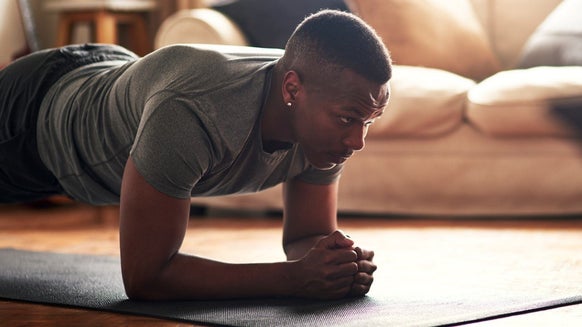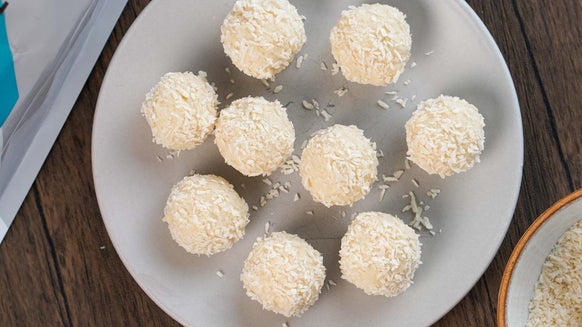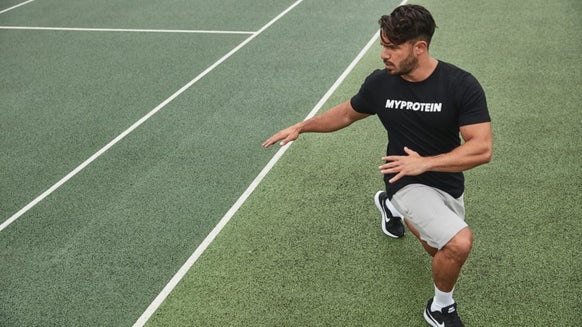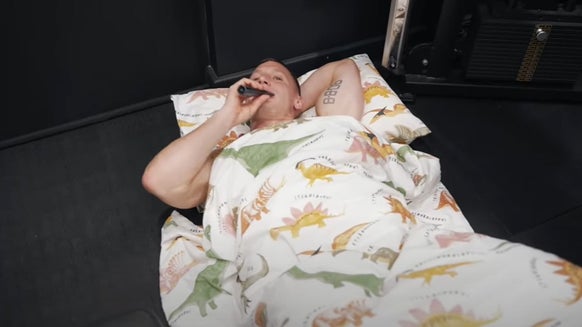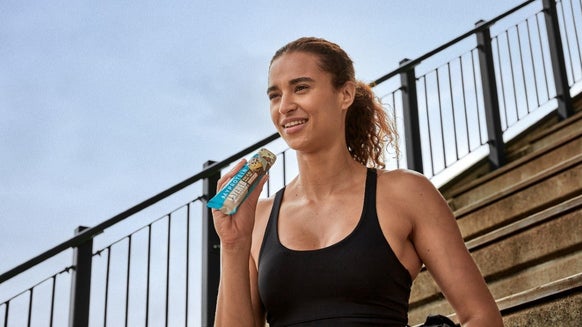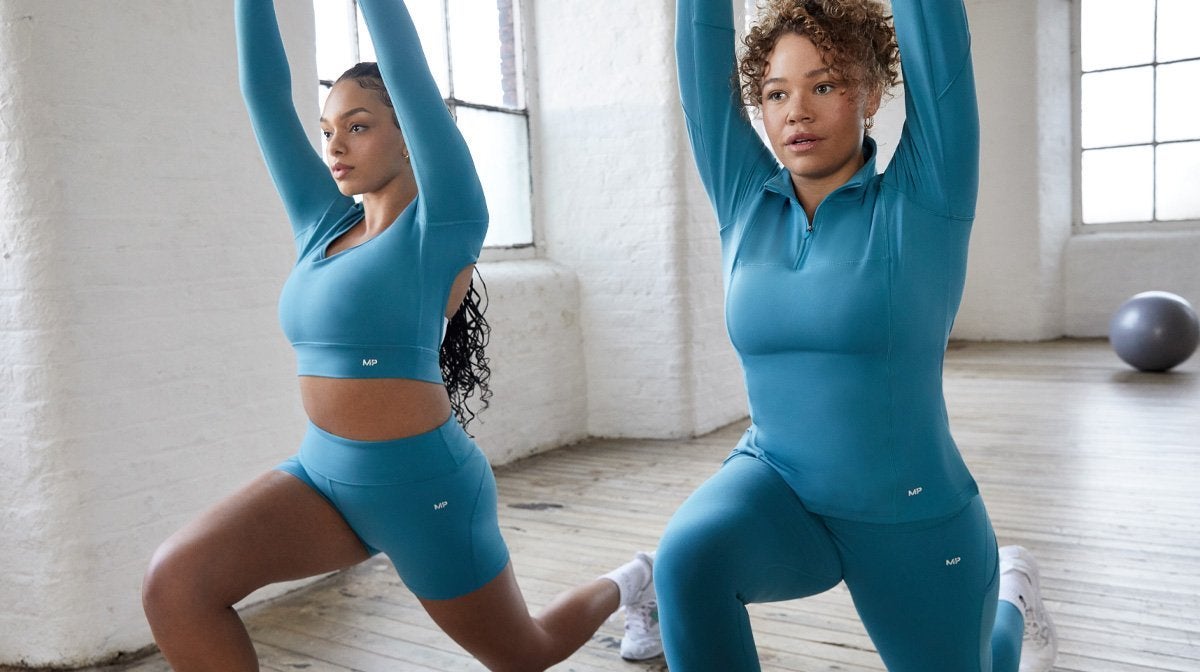
A strong core is essential for overall fitness, with benefits that extend far beyond visible abs. Strengthening your core can help with posture, balance, and stability, supporting training as well as everyday life.
Here are nine exercises targeting every part of the core that you should consider including in your fitness routine.
The importance of core strength
The core is made up of the transverse abdominis, multifidus, internal and external obliques, erector spinae, diaphragm, pelvic floor muscles, and the well-known and perhaps most sought-after muscle group - the abs, or rectus abdominis.
As much as we all focus on the aesthetic of having abs, it’s far more important to go further than the look and focus on the fundamental need for an overall strong core. Your entire abdominal muscles are key to stabillising your body, and a strong core can help to improve training and performance, as well as in everyday activities like bending, reaching, and twisting.
How often should you include ab exercises in your workout routine?
Aim to hit your core two to three times a week by isolating the individual sections that make up the core, but large compound movements can also work your core.
Most isolated core exercises or workouts don’t have to be too long and can be added to the end of your upper-lower or push-pull gym sessions. As you get stronger you can look to add in more workouts or try harder exercises.
Do ab workouts help to burn fat and lose weight?
You can’t spot reduce when it comes to fat burning, but that doesn’t mean that ab workouts can’t play a role in fat burning and helping you to lose weight.
Training the entire core through isolated workouts or full-body movements can enhance your overall progress. A stronger core means you can push harder in your training and reduce the risk of injury. These total body movements will help to promote more fat loss and build bigger muscles.
Do women need to do ab workouts?
Regardless of gender, it’s important for everyone to train their core. A stronger core means better performance, improved training, and overall better daily movements.
Adding in 2-3 core workouts a week can help improve your core strength for daily movements, help you feel and be stronger, and may help you get better-defined abs.
Getting started with working out from home
The core is one of the easiest muscle groups to train at home, but you can also see overall result from your entire body by making sure to workout efficiently.
It’s important to remember that just because you’re not in a gym you can still get an effective workout. There are many different ways you can work out at home, even if you have limited equipment or time.
10 ab workouts to do at home
Ready to start working on that core? These exercises will have you building a strong foundation in no time:
Mountain Climbers
The perfect movement to push your heart rate and engage your whole body, building strength, and improving balance.
- Start in a high plank position, placing your hands as wide as is comfortable.
- Engage your core and drive your right knee towards your chest before returning it and then driving your left knee toward your chest.
Repeat the movement keeping your hips flat.
Dead Bug
A challenging but effective movement for beginners that targets the whole core.
- Lie on your back on the floor, and hold up your arms so your wrists are directly over your shoulders.
- Bring your legs up until they’re over your hips, keeping them straight.
- Pull your belly button in towards your spine, and start the movement by dropping your right leg and your left arm toward the floor.
- Draw them back up to the starting position, then lower your left leg and right arm to the floor.
Repeat until you complete your desired number of reps.
Side Plank
Get your obliques and core working with this whole-body move.
- Start in the high plank position with your core engaged. Make sure your hands are shoulder-width apart, shift your weight to the right side and twist your chest, raising your left arm to point towards the ceiling.
Pause at the top of the movement and hold for 30-60 seconds, then repeat on the other side.
.
Plank Crawl Out
This movement will raise your heart rate and engage your whole body, building core strength.
Stand with your feet hip-width apart, soften the knees, and then slowly bend forward from the hip until your hands touch the floor, keeping your legs straight. - Once your hands touch the floor, start moving forward, walking your hands out in front of you while keeping your legs straight and your core tight as it lowers.
Walk yourself out until you’re in a high plank position, hold for a second, and then reverse the movement.
Reverse Crunch
Mix up the traditional crunch to add some variety to your core movements.
- Lie flat on your back with your knees bent and feet flat on the floor, tucked close to your glutes.
- Place your hands at the side of your head and lift your legs up off the floor in a half hollow.
Ensure your lower back remains pushed into the floor, pull your legs into your chest, hold for a second, and then let your legs return to the floor and repeat.
Bear crawls
A fun movement that works your core and the rest of your body.
- Get into the press-up position, then lower your knees towards the floor so your legs are at a 90-degree angle and your shins are parallel to the floor. Your hands should be flat on the floor and under your shoulders.
Pull your lats back and down, engage your core by pulling your belly button to your spine and brace, then begin to move forward by simultaneously moving opposite hand and opposite leg forward in a crawling motion.
Hollow Holds
A great movement that challenges and helps strengthen the full core.
- Lie flat on your back with your legs stretched out in front of you and toes pointed.
- Raise your legs off the ground slightly and have your arms outstretched vertically over your head (around 6-8 inches).
Engage your core and drive your belly button down into the floor, ensuring your lower back is firming pressing into the floor. Hold this position for a few seconds.
Hip Lifts
A movement that hits the upper abs and can be made harder by preventing the hips from touching the ground.
- Lie on your back and raise your legs up so the soles of your feet are facing the roof.
- Drive your back into the floor but allow yourself to lift your hips a few inches off of the floor.
Slowly lower the hips down to the ground and repeat. Keep your hands planted beside your torso.
Flutter Kicks
A movement that’s ideal for training the stability and strength of your core muscles.
- Lie on your back and raise your legs straight up above your hips.
- Drive your lower back into the floor and then slowly lower your legs so they hover just off the floor, while keeping your lower back connected to the ground.
Start the movement by making small kicks up and down with your legs. Repeat for the desired reps.
Tips on getting the most out of your ab workout
Follow these tips to get the most out of each workout:
Hit the whole core. Don’t focus on just smashing out 100 crunches. Smaller rep ranges of a variety of ab movements will strengthen the entire core more effectively.Stay engaged. A lot of exercises can tire the core quickly, so keeping your core engaged the entire time will have you working harder. Keep pulling your belly button to your spine, and if on the floor, drive your lower back into the floor and squeeze.Recovery. Just like any other muscle group, your core needs recovery. Work them 2-3 times a week, with sufficient recovery time in-between. Remember that even exercises not directly aimed at your core will still work it.Breath. It’s easy to hold your breath when working your core, but it can lead to rushed movements. Breathe through the movement to help stay engaged and in control.Mix it up. Use a variety of movements alongside core-focused exercises, such as large compounds, to really build strength.
Take Home Message
Including core exercises in your fitness routine is something everyone should consider, regardless of fitness level. A strong core provides a solid foundation to work on, and can enhance overall life as well as training performance. Remember to mix up movements, stay engaged throughout, and always allow time for recovery.
